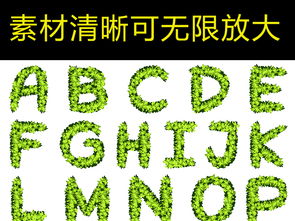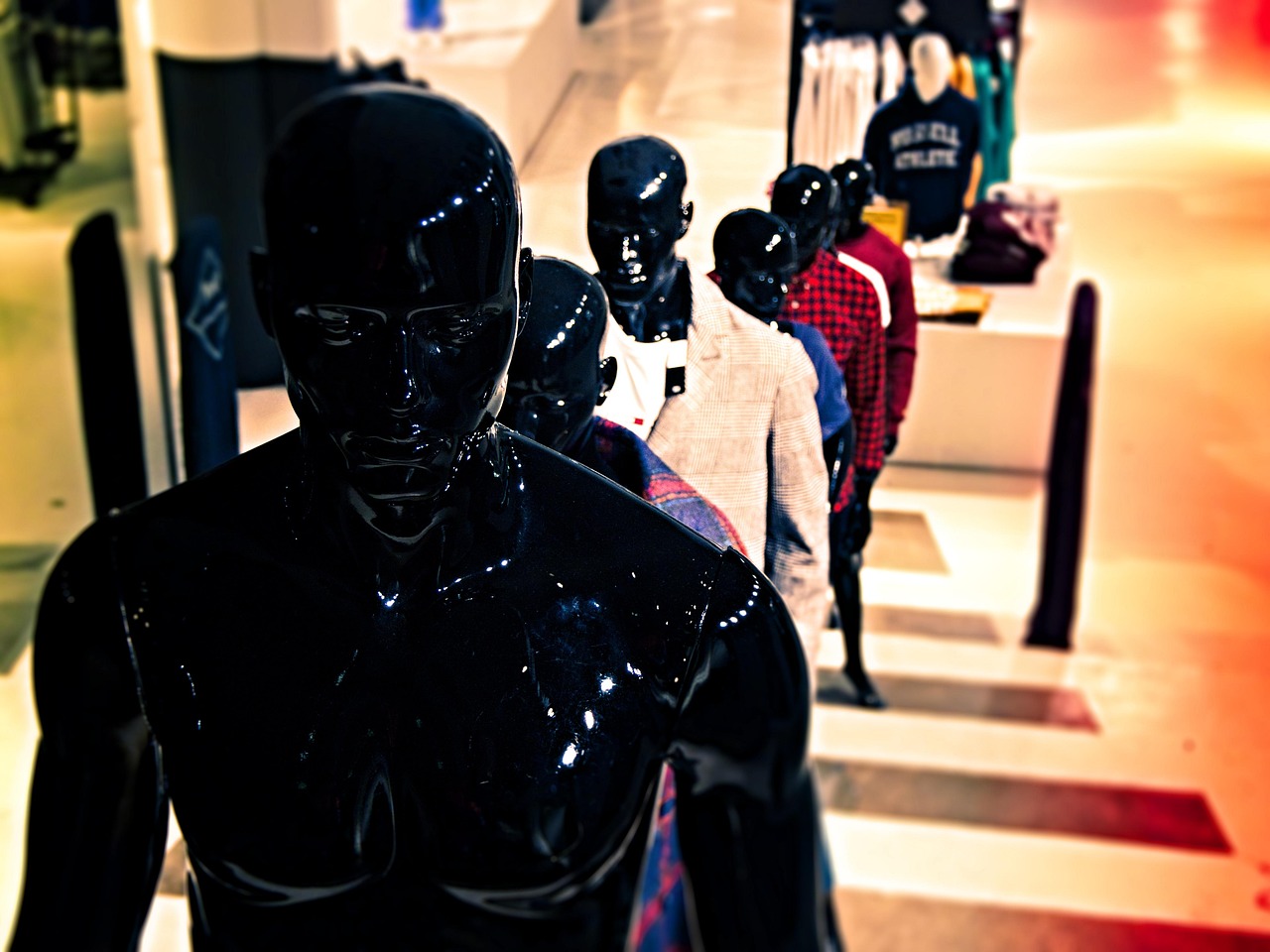Exploring Artistic Fonts in English Typography
In the realm of English typography, artistic fonts play a pivotal role in conveying emotions, capturing attention, and creating unique visual identities. From elegant script fonts to bold display typefaces, the world of artistic typography offers a diverse range of options for designers and enthusiasts alike. Let's delve into some popular categories and examples of artistic fonts in English typography:
1. Serif Fonts:
Serif fonts are characterized by small decorative flourishes at the end of strokes. They exude a sense of tradition, refinement, and sophistication. In English typography, serif fonts are commonly used in body text for readability. However, certain serif fonts also possess artistic qualities suitable for headings and logos.
Example:
Times New Roman:
A classic serif font known for its timeless elegance and legibility. It's widely used in print media, books, and formal documents.2. SansSerif Fonts:
Sansserif fonts, as the name suggests, lack the decorative strokes (serifs) found in serif fonts. They are known for their clean, modern appearance and versatility. Many sansserif fonts offer artistic variations that add flair to any design project.
Example:
Helvetica:
A quintessential sansserif font admired for its simplicity and clarity. Its clean lines and balanced proportions make it suitable for various applications, including branding and signage.3. Script Fonts:
Script fonts mimic handwriting or calligraphy, adding a personal touch and a sense of elegance to designs. These fonts vary from casual and playful to formal and ornate, catering to different design needs and aesthetics.
Example:
Brush Script:
This flowing script font resembles brushstrokes, evoking a sense of creativity and dynamism. It's often used in invitations, packaging, and branding projects.4. Display Fonts:
Display fonts are designed to grab attention and make a statement. They come in a wide range of styles, from bold and chunky to intricate and decorative. Display fonts are perfect for headlines, logos, and any text that needs to stand out.
Example:
Impact:
A bold, condensed font designed to command attention. It's frequently used in posters, advertisements, and headlines for its powerful presence.5. Handwritten Fonts:

Handwritten fonts add a personal, human touch to designs. They mimic the imperfections and fluidity of natural handwriting, making them ideal for projects that aim to convey authenticity and warmth.
Example:
Segoe Script:
A casual handwritten font with a relaxed, friendly vibe. It's often used in greeting cards, social media graphics, and product packaging to add a personal touch.Tips for Using Artistic Fonts:
1.
Consider Context:
Choose fonts that align with the tone and purpose of your project. A formal document may require a classic serif font, while a playful poster could benefit from a whimsical script font.2.
Pairing Fonts:
Combine artistic fonts with complementary typefaces to create visual contrast and hierarchy. Pair a bold display font with a subtle serif font for balanced typography.3.
Readability:
Prioritize readability, especially for body text. While artistic fonts can enhance design aesthetics, they should not sacrifice legibility.4.
Experiment:
Don't be afraid to experiment with different fonts and styles to find the perfect fit for your project. Test how fonts look in various sizes, colors, and contexts.In conclusion, artistic fonts in English typography offer a vast playground for creativity and expression. Whether you're designing a logo, crafting a poster, or formatting a document, the right font choice can elevate your design and leave a lasting impression on your audience. Explore the diverse world of artistic fonts, and let your creativity flourish!











